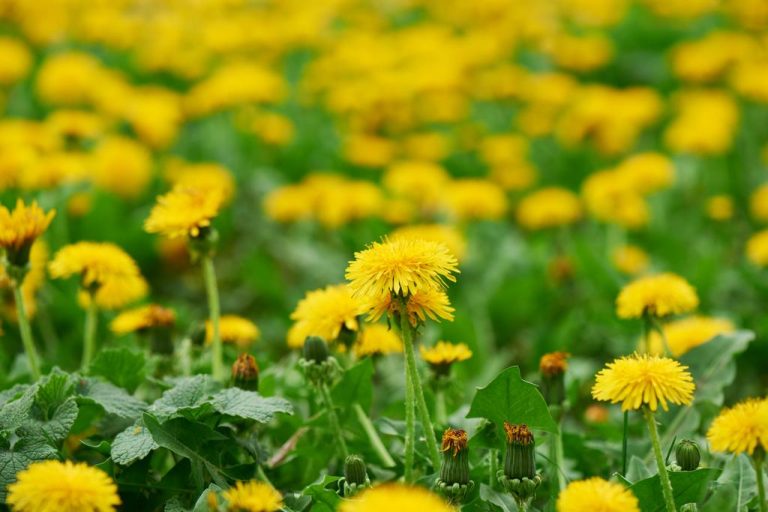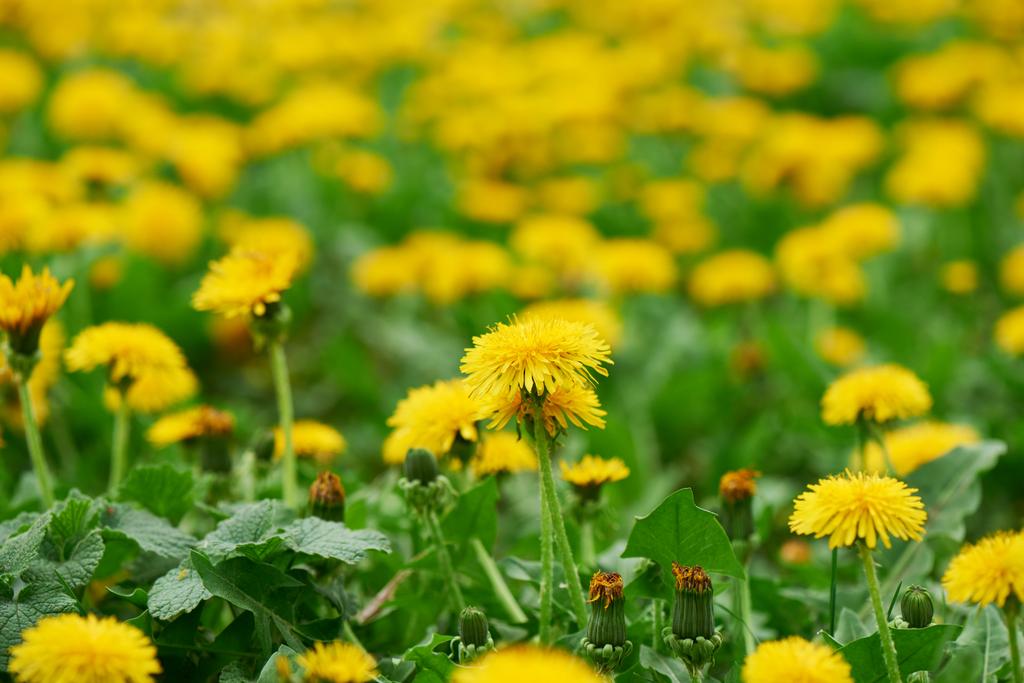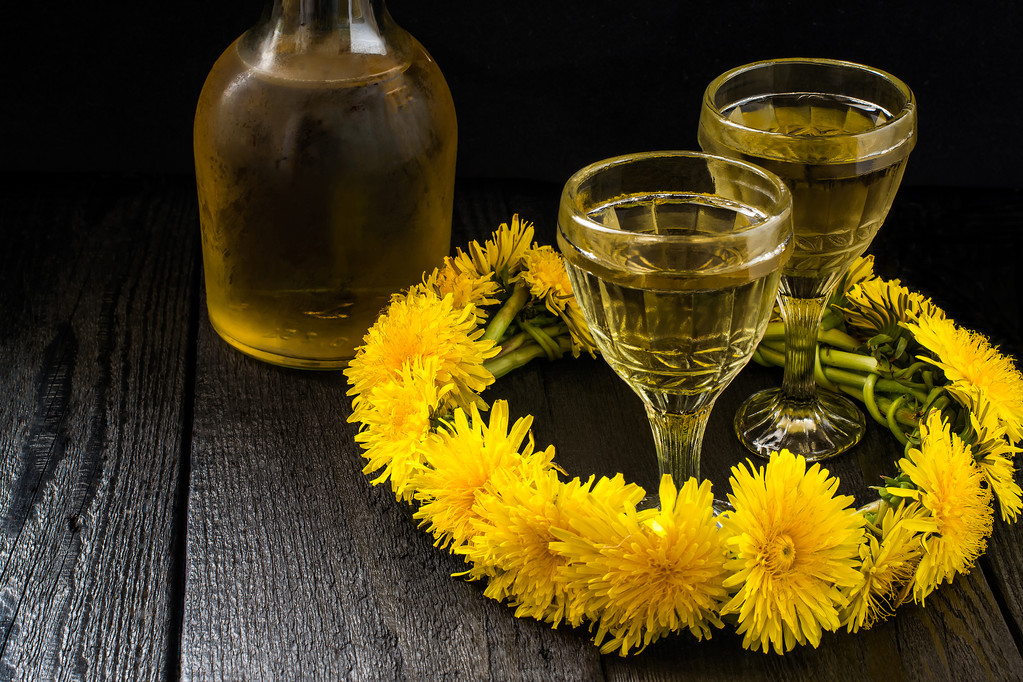The dandelion plant is a true remedy. Because it not only helps against many physical ailments. Therefore, dandelion milk and dandelion tea are effective insider tips with a positive effect on your body. Consequently, you should eat dandelions more often.
The yellow “weed” is a great home remedy for detoxification, fighting fatigue, and digestive problems. Because it has a digestive, metabolism-enhancing, and blood-cleansing effect. Therefore, the versatile use of the dandelion plant in the household is worthwhile.
The effect on the body
The ingredients of the miracle plant have a healing effect on your organism. Because they are digestive, metabolism-enhancing, hypotensive, blood-purifying, cholagogue, and diuretic. And thanks to the detoxifying effect of the dandelion and the simultaneous supply of the organism with important vitamins and minerals through the dandelion, you can achieve two important steps at the same time. You remove unwanted toxins from your body and at the same time add important substances to your body that it needs every day.

What do the bitter substances do in the body?
Centuries ago, people used the healing powers of the plant, e.g. to combat jaundice. The entire plant, which can be up to 50 cm high, can be used as a medicine. The bitter substances contained in dandelion are very rare in nature.
These bitter substances are called Eudesmanolide Tetrahydroiridentin B or Germancranolide Ainslioside. The root also contains mucilage, sugar, and inulin, especially in autumn. In contrast, the herb contains potassium. Overall, bitter substances have a positive effect on digestion and gallbladder activity. Also, note the healing power of real chamomile.
Application of the dandelion plant
The dandelion is versatile and its ingredients are very valuable for your body. Therefore, we will show you how you can use the dandelion plant for you and your health. Consequently, you can fight health problems and benefit from dandelion. Also, note the application tips for sage and other tips on natural medicinal plants as home remedies.
1) Dandelion for wound healing
Dandelion is a miracle cure, especially on the skin. Since the plant has anti-inflammatory and antibacterial properties, it can also be used to treat wounds. Consequently, the wounds are not only disinfected but infections are also prevented. In addition, note what to do in the event of burns.
2) A remedy for warts and corns
The juice in the leaves and stem is called dandelion milk. And this dandelion milk is incomparable in the treatment of corns or to fight warts. Consequently, wet the affected areas with the plant sap two to three times a day. After several weeks of use, warts and corns have disappeared from the skin.
3) Dandelion Milk for Itching
If you are plagued by mosquito bites or other itchy insect bites, moisten them with dandelion juice as well. So you can effectively combat the itching on the skin. If the juice is not enough, you can chop the entire dandelion plant in a blender. Then apply the pap, just like the juice, to the affected area.
4) Detoxify the body with dandelion
The dandelion with all its components has a cleansing effect on the liver and kidneys. Consequently, it serves you as a useful means of detoxifying the body. And you can use the root, especially for liver problems and digestive problems. The active ingredients and the diuretic effect of the leaves ensure that the body is cleansed. Accumulated water and toxins are flushed out of the body.
5) Stimulate digestion and fight constipation
The bitter substances in the plant cause more saliva and stomach acid to be produced. At the same time, digestive enzymes and digestive hormones are released. This stimulates the activity of the gallbladder. The activity of the gallbladder and the enzymes and hormones are responsible for an increased appetite. This stimulates digestion and dandelion tea is a good remedy for constipation.
6) Good remedy for urinary tract

Since the dandelion has a strong diuretic effect, but at the same time provides important minerals, it is better than synthetic diuretics. As a result, the kidneys are well flushed with it without chemical drugs. And in naturopathy, it is used as a remedy for urinary tract infections or an irritable bladder. In line with this topic, also note valuable tips against bladder weakness.
7) Instructions for making dandelion tea yourself
If you struggle with an uncomfortable feeling of fullness after a high-fat meal or if you are plagued by annoying digestive problems, then drink dandelion tea. This is because it aids in digestion and can alleviate symptoms. Consequently, we have instructions on how to make healthy dandelion tea yourself. Read how you can quickly bring hot tea to drinking temperature.






